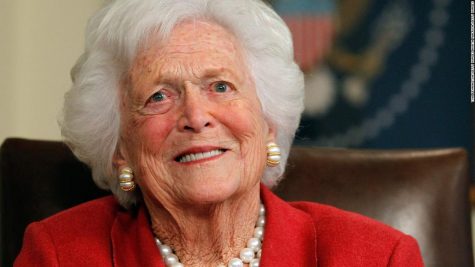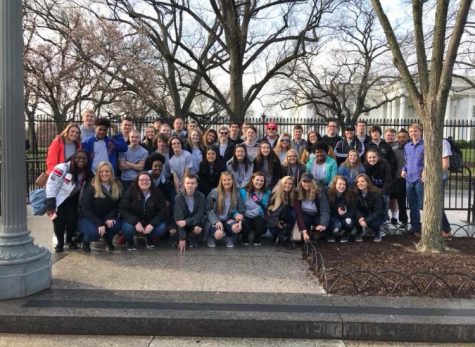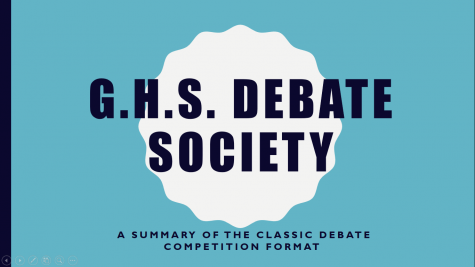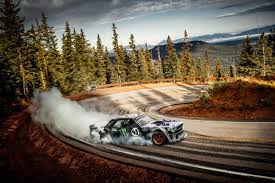The Fears of Future Technology
Walt Disney, Elon Musk, the Working Class, Optimism, and Pessimism
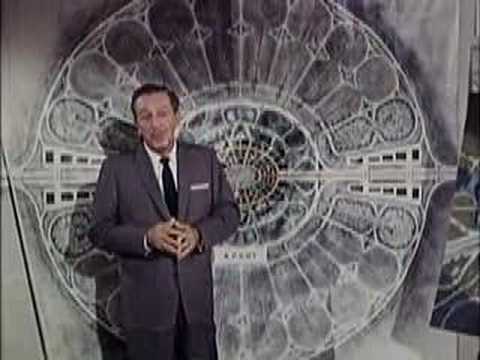
Here in this original program, Walt Disney presents his vision for E.P.C.O.T.
February 2, 2018
The twentieth century evoked both pessimism and optimism of future technology– but arguably more optimism. The First World War demonstrated the ruthless efficacy of mechanized warfare in the hands of imperialists, but emerging modern home appliances and the automobile increased the convenience and quality of life of the average person. Some looked to the future and saw the potential for a “perfectly-constructed” society. For example, benign projects like Walt Disney’s Experimental Prototype Community of Tomorrow (E.P.C.O.T.) imagined an elaborate, circular city with a population aided by technology; though Disney died shortly thereafter (thus he could not bring his plans to fruition), his views of building a brighter future and his use of technology as a means of novel entertainment inspired great hope for a brighter future.
Times have changed since the death of Disney in 1966, and, as a result, the newest advents of technology in the area of artificial intelligence (A.I.) make the general public uncomfortable and wary. According to a Pew Research poll, only fifty-nine percent of Americans believe that technological advances in the future will make human life better; about thirty percent think that it will make life worse than it is today. This attitude is the result of a few factors: first, governments have found it very difficult to regulate the internet and protect their safeguarded intelligence software, so the general public considers technology chaotic; second, technology, in the past fifty years, has surpassed the expectations of classic science-fiction writers, so the layman is more willing to believe in science-fiction predictions such as the singularity and the robot takeover; and finally, the country feels that its manufacturing jobs are already being supplanted by forms of A.I. and foreign competition.
Elon Musk, the C.E.O. of Tesla and Space X, has stated “A.I. is the rare case where I think we need to be proactive in regulation instead of reactive. Because I think by the time we are reactive in A.I. regulation, it’ll be too late.” Musk chilled his audience of over thirty governors from across the U.S. by saying “A.I. is a fundamental risk to the existence of human civilization.” Musk himself has had a big hand in the development of artificial intelligence. More recently, he has stated “Jim [Keller, Tesla’s Vice President of Hardware] is developing specialized A.I. hardware that we think will be the best in the world.” Musk is considered a genius by the media and pop culture, and if there were any supreme authority on technology, he surely would be just that. There is little doubt that A.I. will be ground-breaking in the fields of automobiles and aeronautics, as Musk has projected, but some would argue that government regulation, especially preemptive regulation, would be stifling and only favor large corporations such as those aforementioned, as in other industries where bureaucratic red tape is already austere.
Others argue that A.I., as a very effective tool, may also be weaponized to the demise of society. Furthermore, artificial intelligence is more than a calculator or commonplace computer that follows programs; the technology enables machines to function independently of their programming and learn new skills without much override. In short, A.I. is different –not only in scale and efficacy– but also in its fundamental nature and should be treated as alien technology. Science fiction and sci-fi concepts like the singularity seem more like reality by the day. The singularity is the sci-fi prediction that artificial intelligence would exceed human intelligence and abilities. Consequently, robots would assume positions of government and business through means of intimidation and competition. The result would either be human enslavement by robot masters or extinction of the human race by a superior “species.” The singularity would render robots and humans to have the equivalent relationship of humans and dogs.
Sci-fi authors and scientists are mostly at variance with each other on the issue. Scientists do not fully understand the nature of consciousness, so it is unlikely that man could give consciousness to machines. “Singularity” is a technical, mathematical term referring to a sudden, infinite spike. Based on the exponential rate of technological advancement, some futurists predict the singularity to be as early as 2045. As physics has shown, whenever models predict infinities in real-world situations, either the model’s assumptions or physical laws, as physicists know them, are bunk. No computer could have infinite storage capacity, knowledge, or computing power.
More down-to-earth worries are those of a humble working class that fears being replaced by robots either foreign or domestic. There is historical precedent of such worries; even when economic progress had just begun in the West, old jobs became obsolete due to technological advances. Some English workers, feeling replaced by mechanized advents of the Industrial Revolution, formed a militant movement known as the Luddites who vandalized factories and destroyed machinery. Many economic theories conclude the exact opposite, however, of the Luddite cause: increased capital makes workers who stay in mechanized industries more productive and re-allocates human labor where it is more necessary. Having the government subsidize more inefficient manufacturing methods or tariff foreign capital has proven detrimental, as in the case of twentieth-century India, costing more jobs and resources in the long run than the results of natural market processes.
There is a more sophisticated argument that states A.I., by its very nature, will hollow out the middle class job market and leave only lower class and higher class jobs. According to the current estimation, robots are better at logical and mental tasks yet are worse at physical tasks. The sort of occupations that robots will take will be middle class jobs that require logic, scheduling, and math; according to this prediction, only high-class management work and low-class manual labor will be available to the former middle class. This prediction does not consider the further technological advancements that have yet to come to the market or the nuanced decisions of entrepreneurs. Perhaps, in the future, robots will be much better at manual labor. Perchance, employers will find humans more hospitable in middle class jobs of tourism and hospitality. Maybe, robots will be able to calculate incalculable odds and consider all risk (such as in “Star Trek” or “Star Wars”), thus proving to be worthy managers. In short, the assumptions of this future model are too numerous.
As Gladys Bronwyn Stern once said, “Both pessimists and optimists contribute to our society. The optimist invents the airplane and the pessimist the parachute.” Whatever challenge presented to humanity in the future, it is nothing that the entrepreneurial spirit can not tackle. The world as a whole has become more free in the past twenty years, and that gives more people hope, a chance for each man or woman to determine his or her own future.



